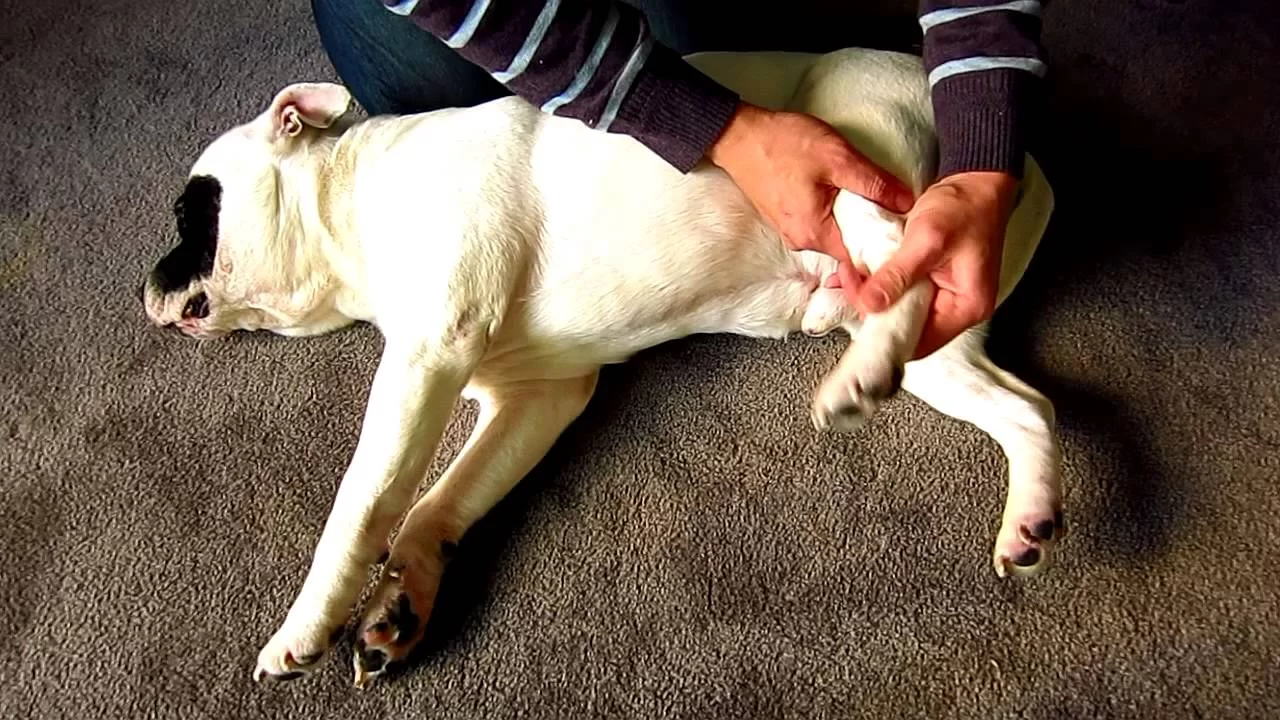Signs Your Pet Might Have a Broken Bone: Key Symptoms to Watch For
- Understanding Pet Bone Injuries
- Common Signs of a Broken Bone in Pets
- How to Diagnose a Broken Bone in Your Pet
- What to Do If You Suspect a Broken Bone
- Treatment Options for Broken Bones in Pets
- Prevention of Bone Injuries in Pets
- Why Choose Hidden Brook Veterinary for Your Pet’s Care
Understanding Pet Bone Injuries
Pets, just like humans, can suffer from broken bones due to accidents, falls, or even playtime mishaps. A broken bone in pets can range from minor fractures to severe breaks that require immediate medical attention. Knowing the signs of a broken bone and acting quickly can make all the difference in your pet's recovery.
Pets, especially active dogs and cats, are prone to accidents. Whether it’s running too fast on a slippery surface, a car accident, or a fall from a height, pets can sustain injuries that result in broken bones. It’s essential for pet owners to be aware of the common symptoms so that they can seek veterinary help promptly.
Common Signs of a Broken Bone in Pets
If your pet has suffered an injury, there are several common signs that might indicate they have a broken bone. These signs can vary depending on the location and severity of the fracture, but here are some key symptoms to watch out for:
1. Limping or Lameness
One of the most obvious signs that your pet might have a broken bone is limping or lameness. If your pet is suddenly favoring one leg or refusing to put weight on it, they may have injured a bone. Cats, in particular, might try to hide their discomfort, so even a slight limp should not be ignored.
2. Swelling or Deformity
If you notice swelling or a visible deformity in a limb, it could be an indication that a bone is broken. A swelling joint or an abnormal angle in the leg could suggest a fracture or dislocation. Swelling can also occur around the injury site and may be accompanied by bruising.
3. Crying, Whining, or Unusual Vocalization
Pets in pain may vocalize more than usual. If your pet is crying, whining, or yelping when moving or when the injury site is touched, it’s a clear sign they may have a broken bone. The pain from a fracture can be intense, and pets might become more sensitive to touch around the affected area.
4. Limited Movement or Stiffness
If your pet is avoiding movement or showing stiffness in their limbs, this could be a sign that a bone is fractured. They might be reluctant to walk, jump, or climb stairs. This is particularly common in cats, who might hide their injuries but become extremely lethargic as a result.
How to Diagnose a Broken Bone in Your Pet
While it's important to observe the signs of a broken bone, diagnosing a fracture requires professional veterinary expertise. If you suspect your pet has a broken bone, it’s best to take them to a vet as soon as possible for a thorough examination.
1. Physical Examination
Your veterinarian will perform a physical examination to assess your pet’s condition. They will gently manipulate the affected limb to check for pain, swelling, or abnormal movement. This is often the first step in determining whether a bone is broken or if another injury might be the cause.
2. X-rays
The most definitive way to confirm a broken bone is through an X-ray. X-rays allow the vet to see the exact location and severity of the fracture. They are essential for determining the type of break and deciding on the appropriate treatment.
What to Do If You Suspect a Broken Bone
If you suspect that your pet has a broken bone, immediate action is crucial. Here are some important steps to take:
1. Keep Your Pet Calm and Still
First and foremost, it’s important to keep your pet calm. Try to limit their movement as much as possible. If they are in pain, they may react unpredictably, so handle them gently. Avoid putting pressure on the injured area.
2. Apply a Temporary Splint (If Necessary)
If the injury is to a limb, and you need to transport your pet to the vet, consider applying a temporary splint to immobilize the bone. You can use a soft material like a towel or a rigid item like a stick to keep the limb as still as possible until you reach the veterinary clinic.
3. Transport to the Veterinarian
Transport your pet to the vet as soon as possible. Try to keep them as still and comfortable as possible during the ride. The quicker you get medical help, the better the chances for a successful recovery.
Treatment Options for Broken Bones in Pets
Once your vet has diagnosed a broken bone, there are several treatment options available, depending on the type and location of the fracture:
1. Casting and Splinting
For less severe fractures, a cast or splint may be applied to keep the bone in place while it heals. This is a common treatment for broken limbs in pets. The cast will need to be changed regularly, and the healing process will be monitored closely.
2. Surgery
For more complicated fractures, such as those involving multiple breaks or displaced bones, surgery may be required. The surgeon will realign the bone and use screws, plates, or pins to hold the bones in place as they heal. Surgery is typically followed by a period of rest and rehabilitation.
3. Pain Management and Rest
Pain management is crucial for a pet with a broken bone. Your veterinarian will prescribe pain medications to help keep your pet comfortable during the healing process. Rest is essential, and physical activity will need to be restricted during recovery.
Prevention of Bone Injuries in Pets
While accidents are sometimes unavoidable, there are steps you can take to reduce the likelihood of bone injuries in your pet:
1. Safe Play and Exercise
Always supervise your pet during playtime and outdoor activities, especially if they are very active or energetic. Avoid overly rough play or situations that could lead to accidents.
2. Pet-Proof Your Home
Ensure that your home is pet-friendly. Keep floors clean and free of obstacles that could cause your pet to slip or fall. For pets that like to climb, make sure they have safe climbing areas and avoid areas where they could fall from a height.
3. Regular Veterinary Checkups
Routine checkups with your vet can help identify any potential health issues that might make your pet more susceptible to fractures. Keeping your pet in good overall health can help prevent bone-related injuries.












